The Gift of South Dakota
Subscriptions to South Dakota Magazine make great gifts!
Subscribe today — 1 year (6 issues) is just $29!
Tapping Into Something Sweet
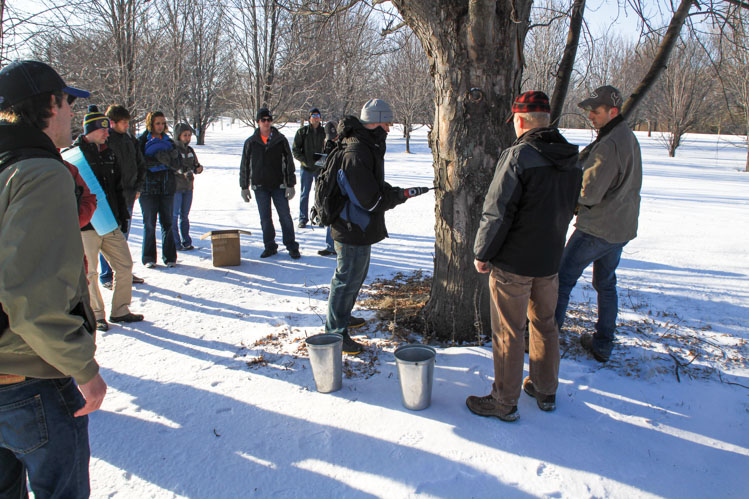 |
| Professors and students at South Dakota State University in Brookings have tapped maple trees in McCrory Gardens since 2013. |
We planted an autumn blaze maple tree in our front yard in November of 2017. We wanted to enjoy the fiery red and orange leaves every fall, and fortunately, with our prevalent northwest winds, we have yet to rake a single leaf. It never entered our minds that in a few years, after the trunk adds a few more inches of girth, our colorful tree could be the source of a sweet treat.
Canada produces 80 percent of the world’s maple syrup. In the United States, Vermont leads the way with more than 2 million gallons a year, accounting for roughly half of the nation’s maple syrup output. It’s a springtime ritual most closely associated with our northeastern states and our collegial neighbors to the north, but any northern tier state with a similar climate is a potential source of maple syrup, including South Dakota, where syrup hobbyists could one day create a new commercial industry.
No document identifies the first person to ever drive a tap into a maple tree and turn its oozing sap into a sugary delight, but Native Americans have been doing it for centuries. Oral histories provide several origin stories. One recounts using maple sap instead of water to cook venison for a chief. Another, according to the Michigan Maple Syrup Association, passed through generations of Chippewa and Ottawa. It describes a god who saw that his people were becoming lazy as they drank the pure maple syrup that flowed from the trees, so he cast a spell that turned the syrup into sap that required processing before it could be consumed. Northeastern tribes celebrated the first full moon of the spring as the Sugar Moon. A maple dance was among the celebratory expressions.
Indigenous people shared their methods with Europeans who arrived on the continent in the 17th century. The Algonquins made V-shaped incisions in the trees and then inserted concave bark or reeds to run the sap into clay buckets or tightly woven baskets. The colonists amended the process by using augers to drill tapholes.
Canada and the northeastern United States have dominated the maple syrup industry because of the preponderance of sugar maple trees, but any of the roughly 132 species within the genus Acer can be tapped for syrup, including the silver, red and amur maples scattered among the 25 acres of formal display gardens and 45 acres of arboretum inside McCrory Gardens in Brookings. Every spring since 2013, professors and students at South Dakota State University have tapped the Gardens’ maples to make syrup.
The venture began when Peter Schaefer, a professor of plant science and arboretum curator at McCrory Gardens, got a grant from the United States Department of Agriculture to investigate maple syrup production in silver maples. The annual project is now overseen by Chris Schlenker, McCrory’s horticulture and grounds manager. “The idea was that farmers might have windrows of silver maples that grow pretty well in South Dakota,” Schlenker says. “We wanted to see how those could almost become a cash crop by producing maple syrup from them.”
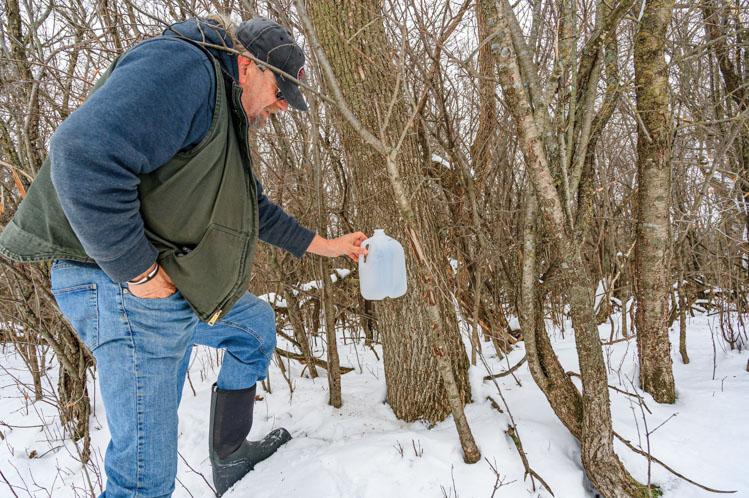 |
| Nathan Mueller taps maple trees on his property on the edge of Marvin. He uses distilled water jugs to collect sap, which runs for three or four weeks in early spring. |
McCrory’s staff identified about 30 mature maples that could be tapped and headed out in late February when the weather turned favorable. The season begins when daytime temperatures stay above freezing and then dip below freezing overnight. That fluctuation tells the tree’s sap to begin flowing.
Sap is the lifeblood of the tree. During winter, trees store starch in their roots. In late winter and early spring, that starch is converted to sugar. “As temperatures rise, the tree is essentially starting to prime itself, getting ready for bud and leaf development,” Schlenker says. “It’s a complicated action when you look at how the sap actually flows. There are these air spaces, or vacuoles. At night, when it freezes, they expand, and during the day when it warms up, they contract. So it’s not really a push of the sap coming up, it’s more the upper parts of the tree pulling it up.”
Size rather than age determines a tree’s readiness for tapping. A trunk between 10 and 14 inches in diameter at 4 feet off the ground can support one tap. A diameter of 18 to 24 inches can take two. Schlenker recommends not exceeding two taps because it can be detrimental to the tree.
Using a cordless drill and a 7/16-inch drill bit, make a hole 1 1/2 to 2 inches deep, angling it slightly upward so gravity will help the sap flow. Supplies that can be purchased at stores like Runnings or Farm Fleet include taps, also called spiles, that are 7/16 of an inch thick, though some spiles are 5/16 of an inch. Make sure any wood shavings or sawdust are removed from the hole before tapping in the spile. Take care not to split the wood around the hole, otherwise sap will simply leak around it.
There are a variety of receptacles available for collecting sap, but after dealing with the elements for nearly a decade, Schlenker and his team have found a favorite. “One thing we have to deal with in South Dakota is the wind,” he says. “We found that the best way was to use a five-gallon bucket with a brick on top of the lid. Then we drill a hole into the side and run tubing from the spile right into the bucket. That helps keeps out any insects that might be starting to emerge in the spring, any debris or rainwater or snow melt. It keeps the sap a lot cleaner for processing.”
Once the sap begins running, a single tap will yield about 10 gallons over the course of the season, which averages between three and four weeks. As the tree begins to bud, the sap will become milky, and it’s time to stop collecting. “That’s when the tree is starting to carry more than just water and sugar in its sap,” Schlenker says. “There are some additional nutrients that makes the flavor a little funky.”
Sap can be stored for about a week before boiling begins. Schlenker recommends boiling outside because it requires between 40 and 45 gallons of sap to produce 1 gallon of syrup. That excess moisture is better left outside or someplace where it can dissipate. McCrory Gardens utilizes an evaporator, but hobbyists could use flat metal pans (to increase the surface area) over an outdoor fire.
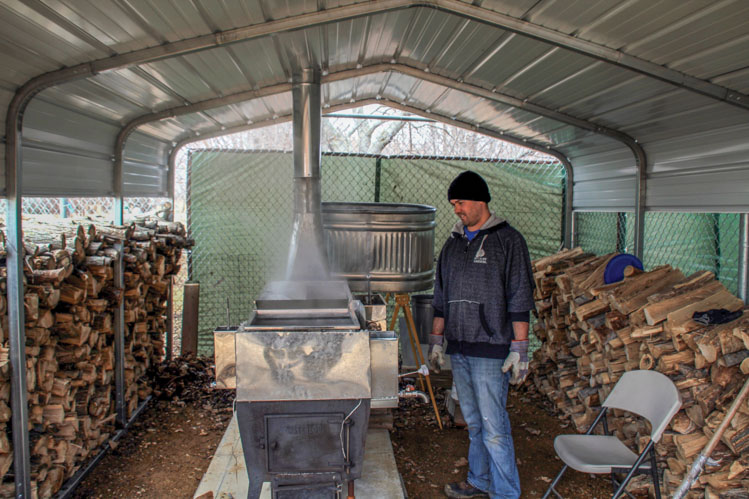 |
| Chris Schlender, the horticulture and ground manager at McCrory Gardens, watches sap as it boils in an evaporator. It takes between 40 and 45 gallons of sap to produce a single gallon of syrup. |
The average sugar content of raw sap from a sugar maple is 2 percent on the Brix scale, a measure of the number of grams of sucrose found per 100 grams of liquid. (It’s named for German mathematician and engineer Adolf Brix, who helped develop it in the 19th century.) Silver, red, amur and other species of maple fall below that. Maple syrup is achieved when the sap reaches 66 percent sugar content, which happens when it’s heated to about 7 degrees above the boiling point of water. Schlenker and his team do most of the boiling in their evaporator and finish it in a turkey fryer or on a stovetop, closely monitoring the temperature with a candy thermometer until it reaches 219.7 degrees. Then the syrup is heated once more, filtered, bottled and sold in the McCrory Gardens gift shop.
Before the coronavirus pandemic, McCrory Gardens hosted workshops where attendees learned the ins and outs of syrup making. Those educational opportunities have since turned virtual, but there are hobbyists around the state who are tapping their own backyard trees.
Grant County Weed Supervisor Nathan Mueller has family in northern Wisconsin, where sugar shacks dot the landscape. “I go back to visit my mom and sister over there and you get exposed to it, you know?” he says. “I got to help people who were hauling it in with Belgian horses, sitting in the sugar shack. I brought some maple trees back from Wisconsin and just got tapping them for a hobby.”
That was about five years ago. Since then, he’s tapped box elder trees (also known as Manitoba maple) and black walnuts. “You can’t hardly kill a box elder tree so what the heck,” he says. “It turned out to be pretty cool syrup. It has a little more caramel flavor than maple.”
Now he’s hoping to get more people involved. Last summer, he led a group of Grant County 4-Hers in identifying trees to tap this spring. “If we can educate kids and get them out, I think it will be a cool experience,” he says. “They’ll make their own syrup and maybe bring it to the state fair. It gives them a better understanding of tree identification and a cool product at the end.”
With the right equipment and knowledge, maple syrup-making seems accessible to most South Dakotans, but maybe not for a city dweller with just one tree. “There are several different types of maple trees in South Dakota that are big enough to actually tap,” Mueller says. “But whether you want to do it to your prime tree in your front yard, I don’t know. That’s up to you.”
He has a point. For now, perhaps we’ll just watch our tree grow and appreciate it for its sweet beauty.
Editor’s Note: This story is revised from the March/April 2022 issue of South Dakota Magazine. To order a copy or to subscribe, call (800) 456-5117.





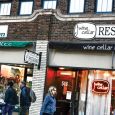
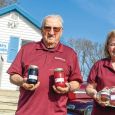
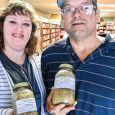


Comments